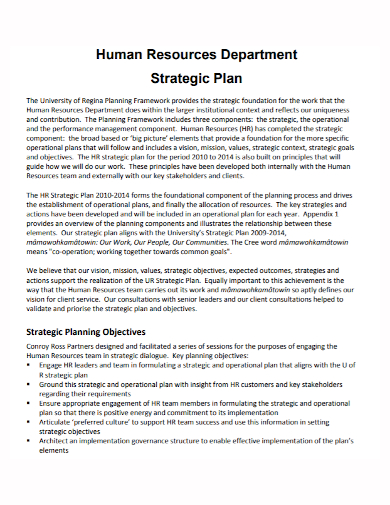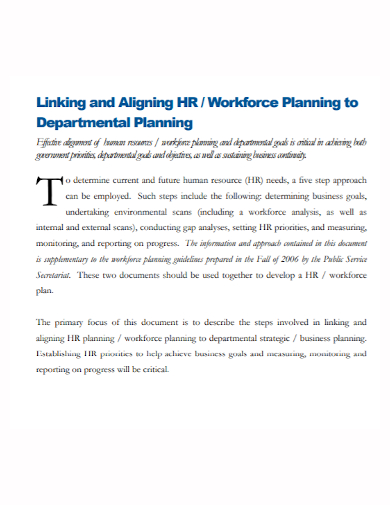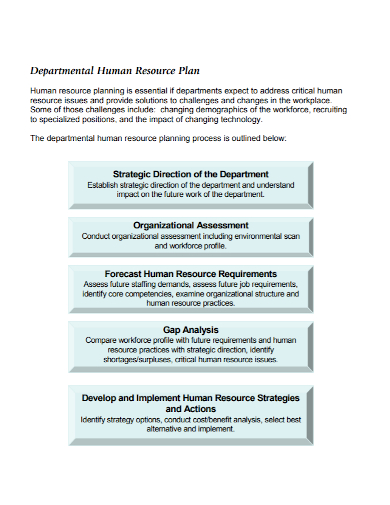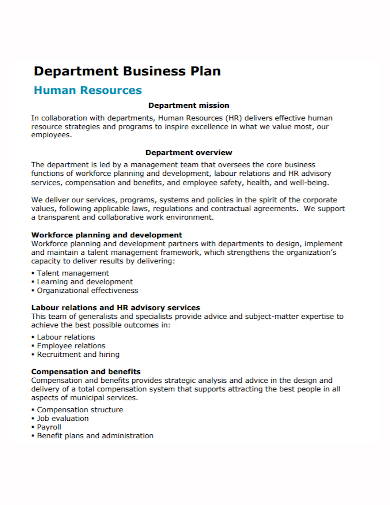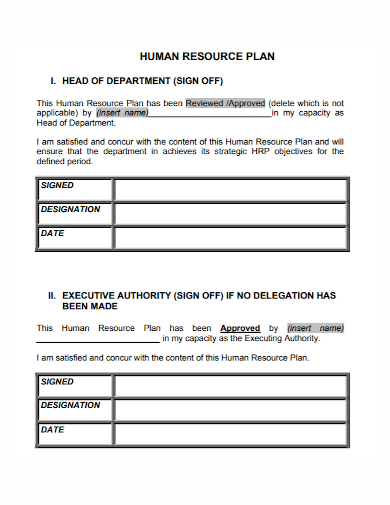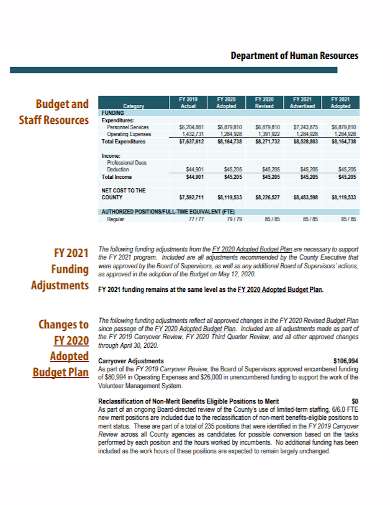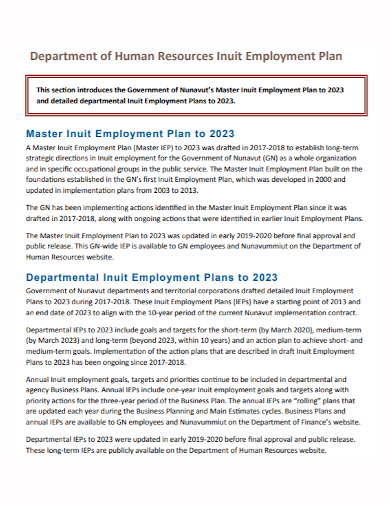The process for establishing a human resource department varies depending on whether the company is fresh new or has been in existence for some time and is only now adding an HR department. Furthermore, the existing size and planned expansion of the business, the level of support and infrastructure already in place, the industry, and the organizational vision and culture all influence the difficulties and concerns of establishing an HR department. This article provides a comprehensive overview of areas and challenges that a company should think about when starting a new HR department.
Depending on regulatory concerns, existing HR rules, and what is driving the desire to establish a formal HR department, the stages to developing an HR department for an existing firm may overlap with the processes to creating the function from start. An assessment of the current condition of HR-related activities is the first stage in developing an HR department in an existing organization. This evaluation, often known as an HR audit, aids in determining a proper prioritizing and action plan.
10+ HR Department Plan Samples
1. HR Department Plan Template
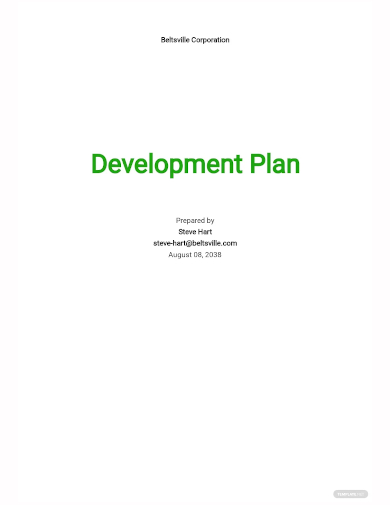
2. HR Department Strategic Plan
3. HR Workforce Department Plan
4. HR Department Plan
5. Sample HR Department Plan
6. HR Department Business Plan
7. Standard HR Department Plan
8. HR Department Disaster Recovery Plan
9. HR Department Budget Plan
10. HR Department Development Plan
11. HR Department Employment Plan
What is an HR department plan? It aids in the alignment of human resources with company strategy. It’s a crucial planning document that builds on the strategic business plan‘s corporate purpose, vision, values, and goals. It explains how the HR function will contribute to the organization’s goals and strategies while also ensuring that HR planning and practices are consistent. The ideal HR Plan defines how the gaps between current and future skills will be bridged, allowing firms to achieve their objectives more efficiently.
Steps to HR Department Planning
- Assess the current HR capacity – Assessing your current workforce is the first stage in the human resource planning process. It’s critical to recognize the talent you already have before making any decisions about hiring additional personnel for your company. Create a list of abilities for each of your present employees.
You can accomplish this in a variety of methods, including asking employees to self-evaluate using a questionnaire, reviewing previous performance reports, or combining the two. - Forecast HR requirements – It’s time to start projecting future demands when you’ve completed a detailed inventory of the resources you already have. Will your company’s human resources require expansion? Will you need to keep your current employees yet increase their production by improving their efficiency or providing new skill training? Is there a pool of possible personnel in the market? It’s critical to evaluate both your company’s demand for skilled people and the supply of those employees, whether from within or outside the business. You’ll have to keep an eye on supply and demand.
- Develop talent strategies – It’s time to start growing and adding talent after identifying your company’s staffing needs by assessing your current HR capacity and estimating supply and demand. Talent development is an essential component of effective human resource management.
- Review and evaluate – After some time has passed, you may assess whether your human resource management process strategy has aided the organization in achieving its objectives in areas such as production, profit, staff retention, and employee happiness. Continue with the plan if everything is going well, but if there are any problems, you can always alter things around to better meet your company’s demands.
FAQs
What areas do you usually consider when creating an HR department plan?
It includes HR staffing plan, HR budget, tax obligations, payroll system, companywide staffing plan, job descriptions, pay structure, benefits plan, employee handbook, safety procedures, employment posters, hiring processes, personnel files, and performance evaluation process.
What are the different types of forecasting intended for HR requirements?
It includes demand forecasting, supply forecasting, and matching demand and supply.
How do you develop training strategies?
It involves recruitment, selection, hiring, training and development, employee remuneration and benefits administration, performance management, and employee relations.
If you want to see more samples and formats, check out some HR department plan samples and templates provided in the article for your reference.
Related Posts
FREE 15+ Sample Human Resources Organizational Chart
FREE 15+ HR Checklist Samples
FREE 14+ HR Audit Report Samples
FREE 14+ Sample Communication Plan
FREE 11+ Sample HR Resource
FREE 10+ HR Assessment Checklist Samples
FREE 10+ HR Scope of Work Samples
FREE 9+ Employee Compensation Plan Samples
FREE 9+ Internal Audit Checklist Samples
FREE 8+ Sample HR Action Plan
FREE 41+ Sample Budget Forms
FREE 10+ Research Action Plan Samples
FREE 10+ Simple Operational Planning Samples
FREE 9+ Sample Organizational Assessment
FREE 8+ Executive Incentive Compensation Plan Samples

